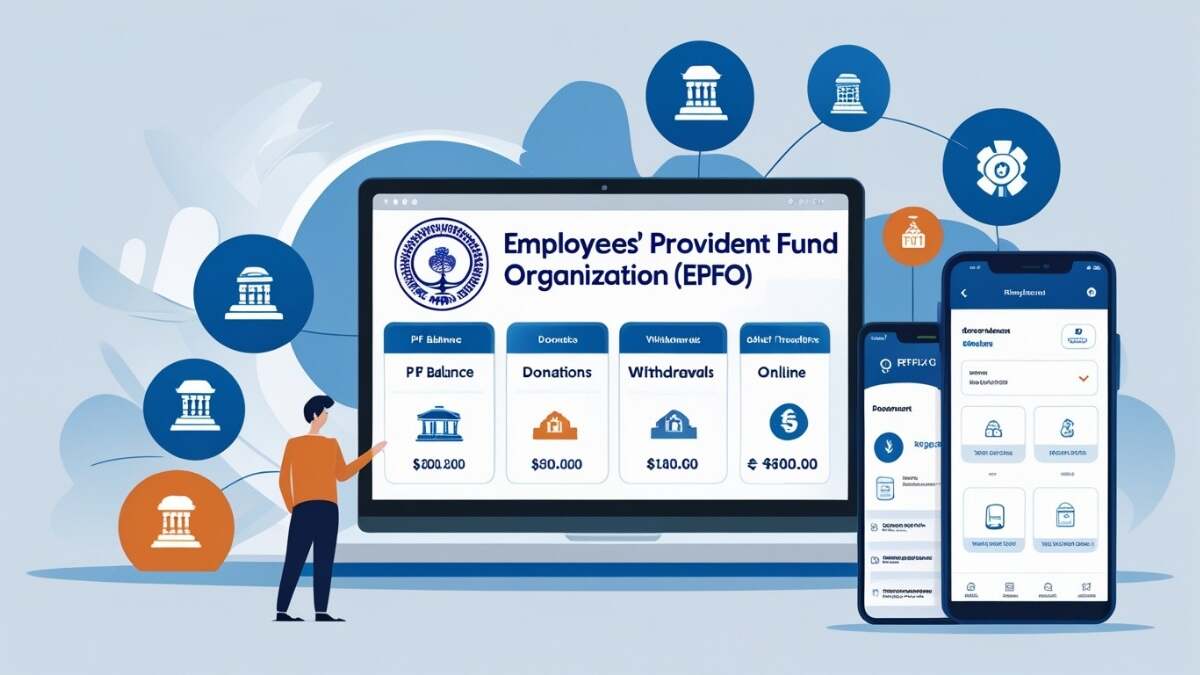In contrast to the previous two-month limit, members may now only file for final PF settlement 12 months after quitting their job. Likewise, it is now possible to withdraw pension funds after 36 months of unemployed.
In a more severe step than before, the Employees’ Provident Fund Organization (EPFO) updated the deadlines for early final payouts from the provident fund and pension accounts.
In contrast to the previous two-month limit, members may now only file for final PF settlement 12 months after quitting their job. Likewise, it is now possible to withdraw pension funds after 36 months of unemployed.
At the moment, a member may withdraw up to 75% of their EPF balance if they have been jobless for at least a month. A member may withdraw their whole EPF balance under paragraph 69(2) of the EPF Scheme if they are jobless for two consecutive months.
The new regulations have changed the deadlines for pension withdrawals and early final settlements. In contrast to the previous two-month timeframe, members may now only apply for a final PF settlement 12 months after quitting their job and for a pension withdrawal 36 months thereafter.
“As opposed to two months before, the jobless subscribers will now have to keep at least 25% of their total for a minimum of 12 months. At a press event on Tuesday, EPFO Commissioner Ramesh Krishnamuthy said that the whole corpus could only be withdrawn after a year.
“The purpose of the extension is to enable subscribers to receive pension benefits and the benefit of EPFO interest for a minimum of 12 months,” Krishnamuthy said.
Workers who lose their jobs and rely on their provident fund corpus to cover their expenses during unemployment may find the adjustment, which is a component of the larger EPFO 3.0 revamp, difficult to implement.
The adjustment may be in line with the long-term goal of fostering financial stability, but it coincides with an increase in layoffs across all industries. It may now be more difficult for many workers who have experienced extended unemployment to promptly access their PF funds.
The IT and fintech industries in India have seen a surge in layoffs in recent months, underscoring the increasing vulnerability of salaried workers who could rely on PF access in the event of job loss. For example, one of the biggest employers in the nation, Tata Consultancy Services (TCS), has stated that it would be laying off about 20,000 employees in a single quarter.
In FY 2025, Paytm undertook internal restructuring initiatives that resulted in a reduction of over 4,600 workers. These changes highlight the urgency and possible suffering for many people who would not be able to access their PF resources in the immediate term after losing their jobs due to the new, more stringent settlement timetable.
The increased waiting time for complete settlement in the event of unemployment is a substantial change that strikes a balance between current financial necessities and retirement security, even if the simplification of regulations and digital access are welcome developments.

